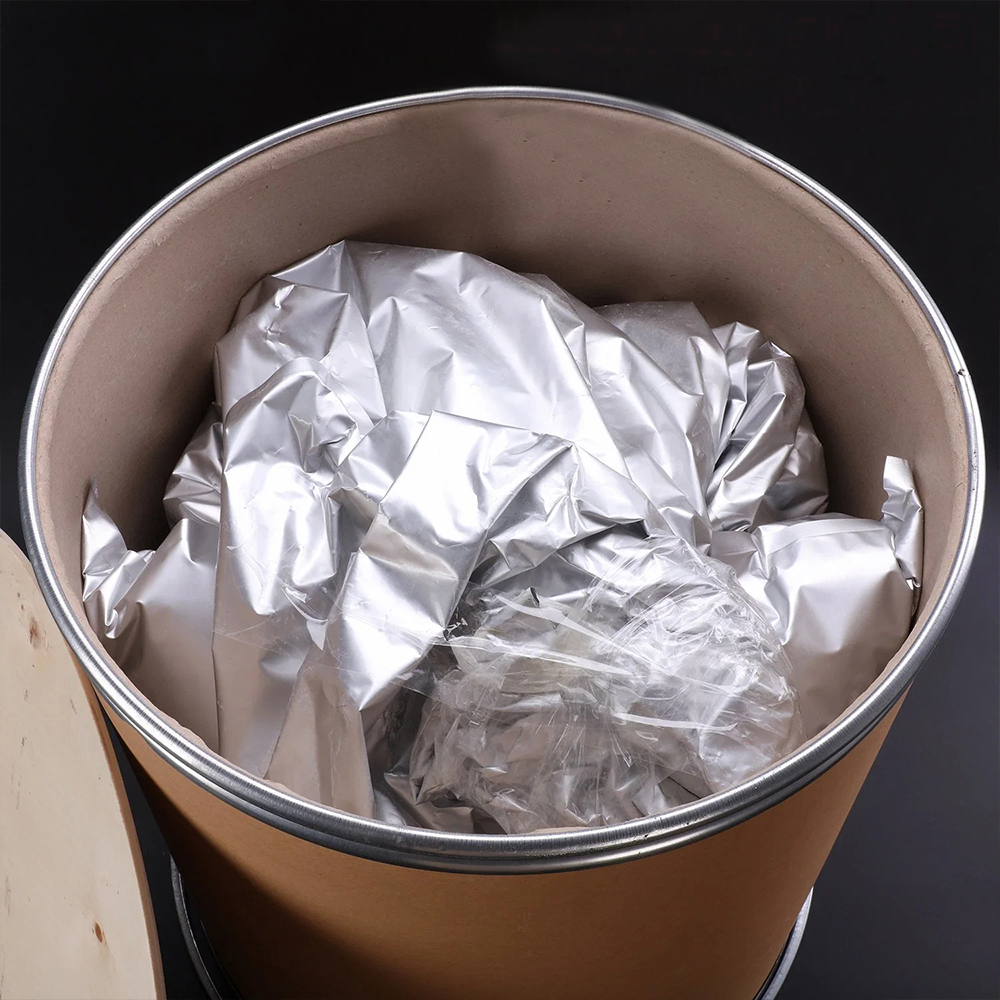



chemical to disinfect water
Disinfection of Water The Role of Chemical Agents
Water is a vital resource for life, and ensuring its quality is essential for public health and the environment. One of the most effective methods to maintain the safety of drinking water is through chemical disinfection. This process involves the application of chemical agents that eliminate pathogens and impurities, ensuring that water is safe for consumption. Understanding the types of chemicals used, their mechanisms of action, and their impact on human health and the environment is crucial for effective water treatment.
The most commonly used chemical disinfectants include chlorine, chloramine, ozone, and hydrogen peroxide. Among these, chlorine is the most widely recognized and utilized due to its effectiveness and cost-efficiency. When chlorine is added to water, it forms various hypochlorous acids that penetrate the cell walls of bacteria and viruses, disrupting their metabolic processes and leading to their destruction. Moreover, chlorine provides residual disinfecting properties, meaning that it continues to work in the distribution system, protecting water from recontamination.
Disinfection of Water The Role of Chemical Agents
Ozone, another powerful disinfectant, is increasingly used in water treatment systems. Ozone is generated on-site through the application of electrical energy to oxygen. Its high oxidation potential allows it to effectively inactivate bacteria, viruses, and protozoa. Ozone decomposes rapidly into oxygen, leaving no harmful residual byproducts; however, due to its instability, it is usually employed in combination with other disinfectants to ensure long-lasting effects.
chemical to disinfect water

Hydrogen peroxide is also gaining popularity as a water disinfectant. Like ozone, it decomposes into harmless water and oxygen after use. It works by generating free radicals that attack microbial cells, leading to their destruction. While hydrogen peroxide is generally recognized as safe and effective, its use in larger volumes can be challenging due to potential reactivity with other water constituents.
Despite their efficacy, the use of chemical disinfectants raises health and environmental concerns. The formation of disinfectant byproducts, such as THMs and haloacetic acids, has been linked to various health issues, including cancer. Thus, it is essential to monitor and control the concentrations of these disinfectants to ensure they remain within safety limits. Additionally, while chlorine and ozone effectively eliminate pathogens, they are not effective against all contaminants, such as certain parasites or chemical pollutants, which may require additional treatment steps or alternative methods like UV disinfection or advanced filtration systems.
Furthermore, the environmental impact of chemical disinfectants cannot be overlooked. Chlorine and its byproducts can negatively affect aquatic ecosystems when released into water bodies. Therefore, many treatment facilities are adopting more holistic approaches that consider both human health and environmental protection. This includes exploring green technologies and natural alternatives to chemical disinfectants.
In conclusion, chemical disinfection plays a critical role in ensuring safe drinking water. Each disinfectant has its advantages and limitations, and understanding these factors is essential for water treatment professionals. Balancing the effectiveness of disinfection with the potential health and environmental risks remains a priority. As technology advances, more environmentally friendly and effective disinfection methods may emerge, paving the way for safer drinking water for all.
-
Why Sodium Persulfate Is Everywhere NowNewsJul.07,2025
-
Why Polyacrylamide Is in High DemandNewsJul.07,2025
-
Understanding Paint Chemicals and Their ApplicationsNewsJul.07,2025
-
Smart Use Of Mining ChemicalsNewsJul.07,2025
-
Practical Uses of Potassium MonopersulfateNewsJul.07,2025
-
Agrochemicals In Real FarmingNewsJul.07,2025
-
Sodium Chlorite Hot UsesNewsJul.01,2025










